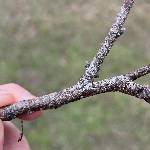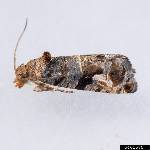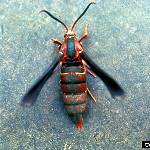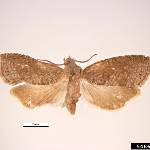Insect Pest Monitoring in Arkansas
This interactive map of Arkansas shows locations of various insect trapping efforts by Extension specialists and county agents. When a location is clicked, the map will populate with insect trap data for that region to help indicate pest presence or absence. You can zoom in and out using the map features on the top left of the map. Additionally, click the >> arrows to access the map legend. We monitor for Tomato Fruitworm Moth (Helicoverpa zea), Melonworm (Diaphania hyalinata), Squash Vine Borer (Melittia cucurbitae), Cabbage Looper (Trichoplusia ni) and many other pest species in fruit and vegetables every year.
We are monitoring for the some pests like Plum Curculio, San Jose Scale, Lesser Peachtree Borer, and Grape Berry Moth; although those data are NOT represented on the map. Info about those pests can be found further down the page. Updates to the Pest Map are paused for the winter months. Check back often in 2026!
Pest Alerts
Previous Pest Alerts
Melonworm infestations are on the rise in all Arkansas' regions and the time is now to get out and scout your fields! Melonworm can be a key pest issue for many Arkansas pumpkin growers usually beginning around late August. This year we started observing adults (Picture 1) and larvae (Pictures 2-4) in Hope, Arkansas on 8/19/2025. Recent scouting efforts by specialists and agents have shown melonworm to be present in Fort Smith, Conway, and Newport pumpkins as of 8/27/2025. Many growers don't recognize melonworm or confuse it with pickleworm or other rind feeders. Melonworm was the largest issue for pumpkin growers in 2021 with 20-50% of crop loss for many growers. Melonworm can move quickly from foliage feeding to fruit feeding on the rinds and handles of pumpkins, so make sure to scout foliage especially near the tips of the runners.
Picture 1. Melonworm adult moth resting in the shade of a pumpkin leaf.
Picture 2. Melonworm larvae feeding on the underside of a pumpkin leaf. Often feeding damage will show as "window paning".
Picture 3. Melonworm larvae are greenish and have two longitudinal white stripes running down their back and 4 sets of prolegs.
Picture 4. Melonworm larvae will move to feeding on fruit as the season progresses and their populations build up. Inspect fruit and foliage in your scouting efforts.
Broad mite infestations are on the rise in Arkansas and the time is now to get out and scout your fields! Broad mite is a serious issue for many Arkansas blackberry growers usually beginning around mid-late July, and this year we started observing impactful infestations in field-grown blackberry as early as July 14th. We observed some sites in the last week with populations exceeding 25x threshold and growers are already making miticide applications, making this a hair earlier than normal.
Broad mite at damaging levels this early should be a worrying sign for all blackberry growers in the Midsouth region. First, when pests like broad mite are impactful earlier than normal it could mean that infestations may be more widespread. Blackberry fields will still be at risk for infestations through September, meaning there is a much wider window for infestations to occur and ramp-up in places we don’t normally see them hit threshold. Miticides were likely warranted in many locations by Mid-July, which could mean that populations may bounce back by late August. It’s possible that some fields could warrant additional miticide applications. What we do know is that agents and growers need to be on the lookout for this pest in plantings across the state. Visit our most recent blog post to learn more about the biology of broad mite, how to monitor it in your plantings, and what you can do to control it, which should lead to successful management of this pest. We have more information about broadmite in our factsheet, "Managing Broad Mite in Commercial Blackberry Production"
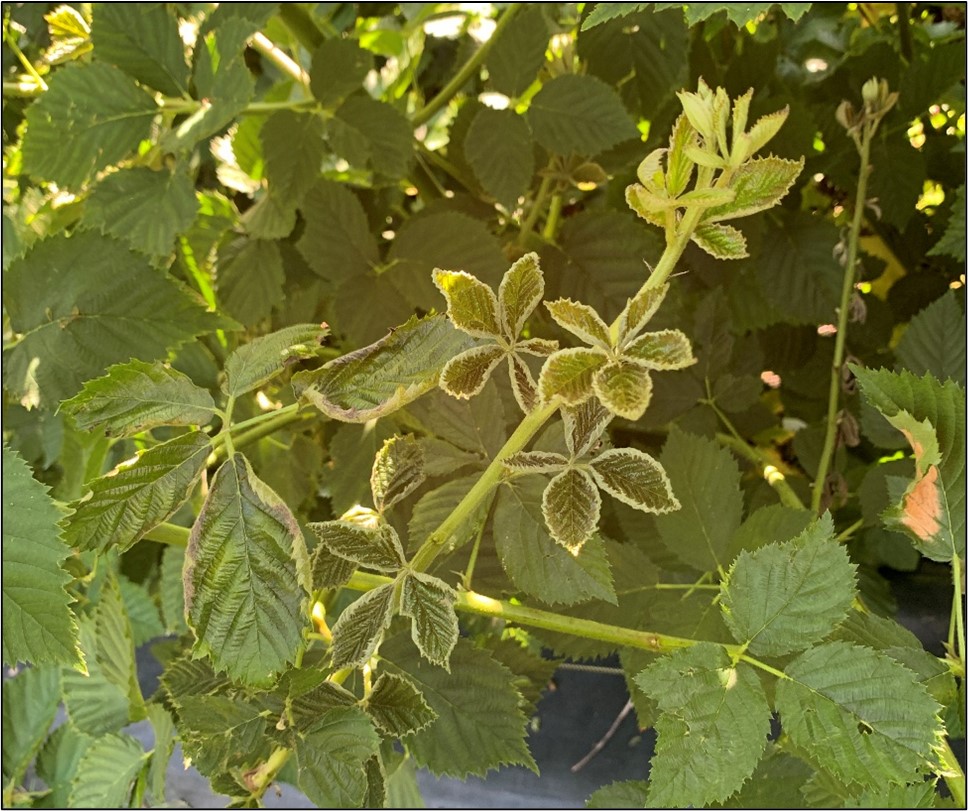
Hartstack traps across Arkansas are collecting larger numbers of tomato fruitworm moths! While it is still early in the season, these large collection numbers should encourage growers and agents to scout their tomato and sweet corn fields to determine if pests are present. We have seen TFW egg laying on tomatoes in high tunnel production in Hope, and large trap catches of Faulkner (Picture by Kevin Lawson), Bradley, and Crawford Counties. Visit our "Using Pheromone Traps to Monitor Pests in Tomatoes and Cucurbits" factsheet to learn more about scouting thresholds for tomato fruitworm moth. Refresh your memory with our How-To IPM: Tomato Pests YouTube video as well!
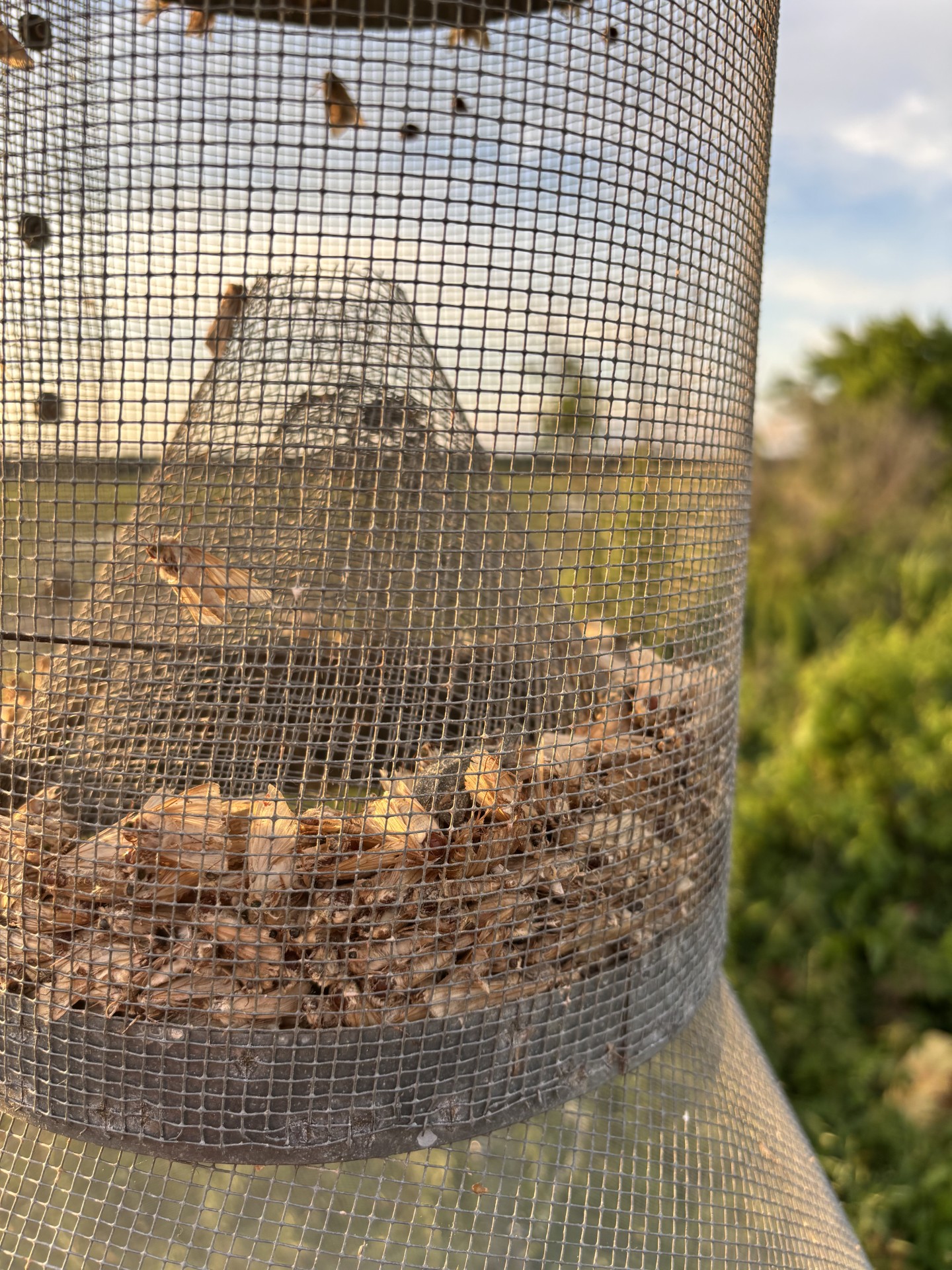
Hartstack traps in Southwest and Northwest Arkansas are collecting larger numbers of tomato fruitworm moths and cabbage loopers! While it is still early in the season , these large collection numbers should encourage growers and agents to scout their tomato fields to determine if pests are present. We have seen TFW egg laying on tomatoes in high tunnel production in Hope, and trap catches of 400+ in Lafayette and Crawford Counties. Visit our "Using Pheromone Traps to Monitor Pests in Tomatoes and Cucurbits" factsheet to learn more about scouting thresholds for tomato fruitworm moth. Refresh your memory with our How-To IPM: Tomato Pests YouTube video as well!
Most of Arkansas is now above the minimum Growing Degree Day (GDD) accumulation for Squash Vine Borer! Warmer areas are above the minimum threshold of 750 GDD for Sqush Vine Borers. Visit the GDD section below to see the # of GDD units for your area and view our Squash Vine Borer Factsheet!
Now is the time to get out those Grape Berry Moth (GBM) pheromone traps! Set out three Grape Berry Moth (GBM) pheromone traps on trees in woods adjacent to vineyard (overwintering site for GBM) and check twice weekly to record first consistent moth emergence (mid-April) = GBM biofix. Be sure to keep trap bottoms clean and replace lures monthly or every two months for long life lures. By May 15th, move these traps to the vineyard interior and begin scouting 100-200 fruit clusters in the perimeter and second row for new larvae tunneling under the berry skin (damaged skin appears pink/purple).
Peach growers should monitor now for Lesser Peachtree Borer (LPTB) by placing two pheromone traps in interior orchard trees and check weekly to monitor for adult moths. Lesser peachtree borer lay eggs on the bark near scaffold wounds where the larvae then hatch and bore into the wounds. Your cover sprays for plum curculio will help to suppress this pest. More information can be found in the MP144. LPTB traps in Faulkner County with ag agent Krista Quinn have detected LPTB adults on traps already.
San Jose Scale (SJS) adult males were captured in traps at the SWREC in Hempstead County on March 27th, by Hempstead Co. ag agent Kim Rowe (photos below). Crawler activity is expected 600 growing degree days after this first capture of males. SJS traps have been deployed elsewhere across the state recently and are being monitored by county ag agents.
San Jose scale crawler activity is expected approximately 600 GDD (Growing Degree Days) after the first male captures, indicated as March 27th for southwest Arkansas but will differ for other areas of the state. We are also using a GDD model (see below) starting Feb. 1st to help determine crawler activity. Stay tuned for more San Jose Scale information around the state.
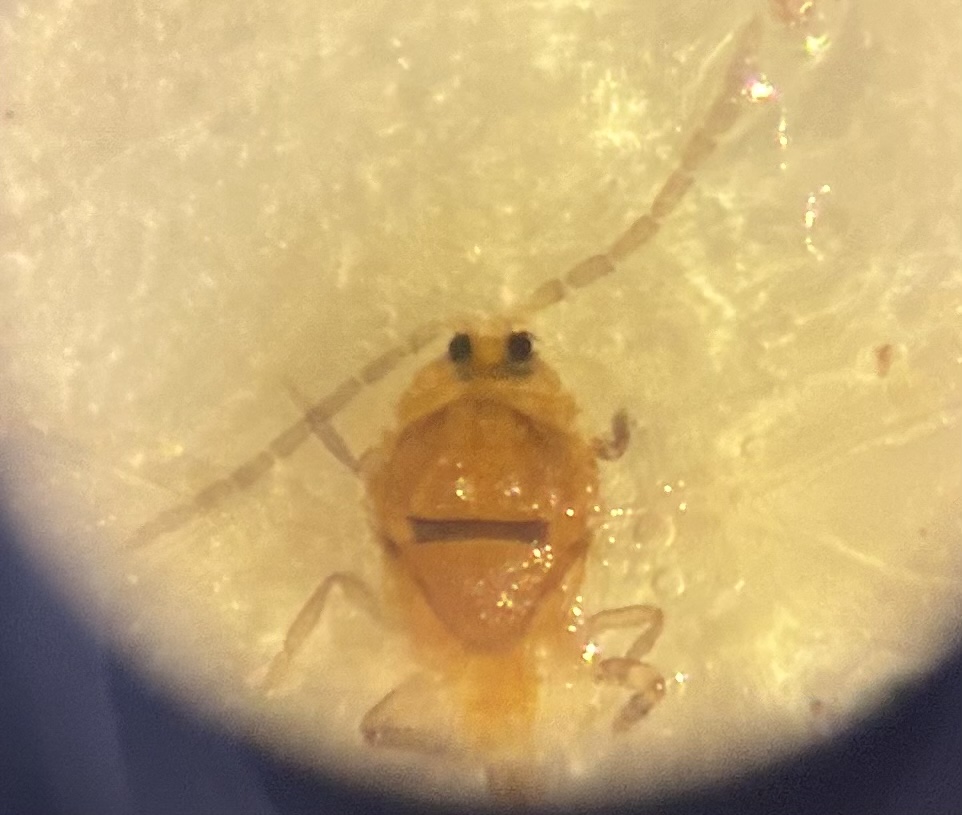
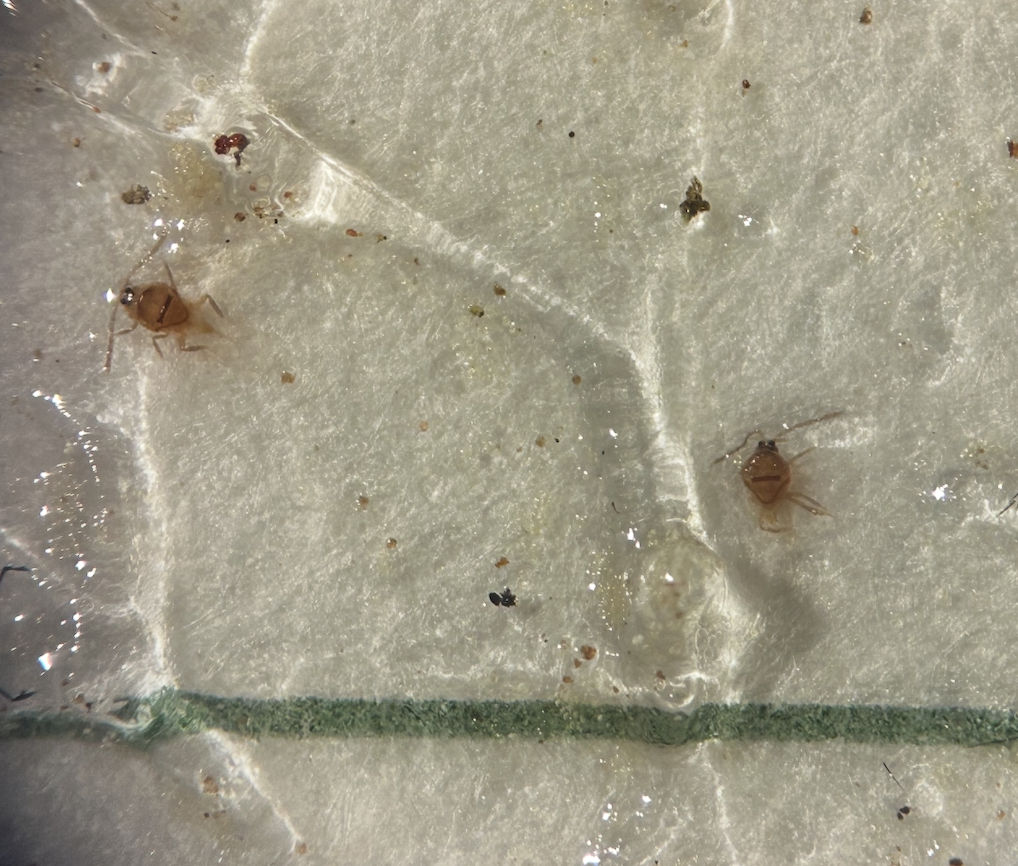
Our traps in SW Arkansas caught adult Plum Curculio on 3/18/25 and the peach trees are near petal fall. This is an important time to begin to control them. Visit the link for Plum Curculio in the Key Pest dropdowns below.
Plum Curculio weevils do not emerge at the same time, so applications should be made every 7-10 days starting at petal fall and continuing for several weeks. Higher rates of pyrethroids at this time will also help control stink bugs, lesser peachtree borer, and some other pests.
Neopestalotiopsis in strawberries, or "Neo-P" for short, is an emerging disease that impacts strawberry production. It was observed in Arkansas in 2024 and 2025. Watch our most recent video update below or visit our blog to learn more about this disease and recommendations..
Growing Degree Day Models
GDDs as of 5/28/2025 (Base 50°F, beginning Jan. 1)
- Kibler — 1515
- Clarksville — 1286
- Hope — 1473
- Little Rock — 1541
- Fayetteville — 1211
- Jonesboro — 1319
We expect to see adult SVB moths at 750-1000 GDD (Base 50°F). For more information, visit our Managing Squash Vine Borer in Arkansas Factsheet.
GDDs as of 5/28/2025 (Base 51°F, Upper 90°F - beginning Feb. 1)
- Kibler — 1403
- Clarksville —1190
- Hope — 1360 (Biofix = 3/27/2025)
- Little Rock — 1417
- Fayetteville — 1115
- Jonesboro — 1223
Monitor for San Jose scale during the dormant period by checking prunings to make sure scale hasn't developed in tree tops. Also check fruit at harvest for the presence of scale. By March 15th, place 2-3 traps in orchard interior in tops of trees known to have a live SJS (San Jose Scale) infestation. Biofix is the first date that male scales are caught in traps. Crawlers could emerge anywhere from 650-900 GDD after the Feb. 1st start date of the model. The GDD model is still being investigated here in Arkansas.
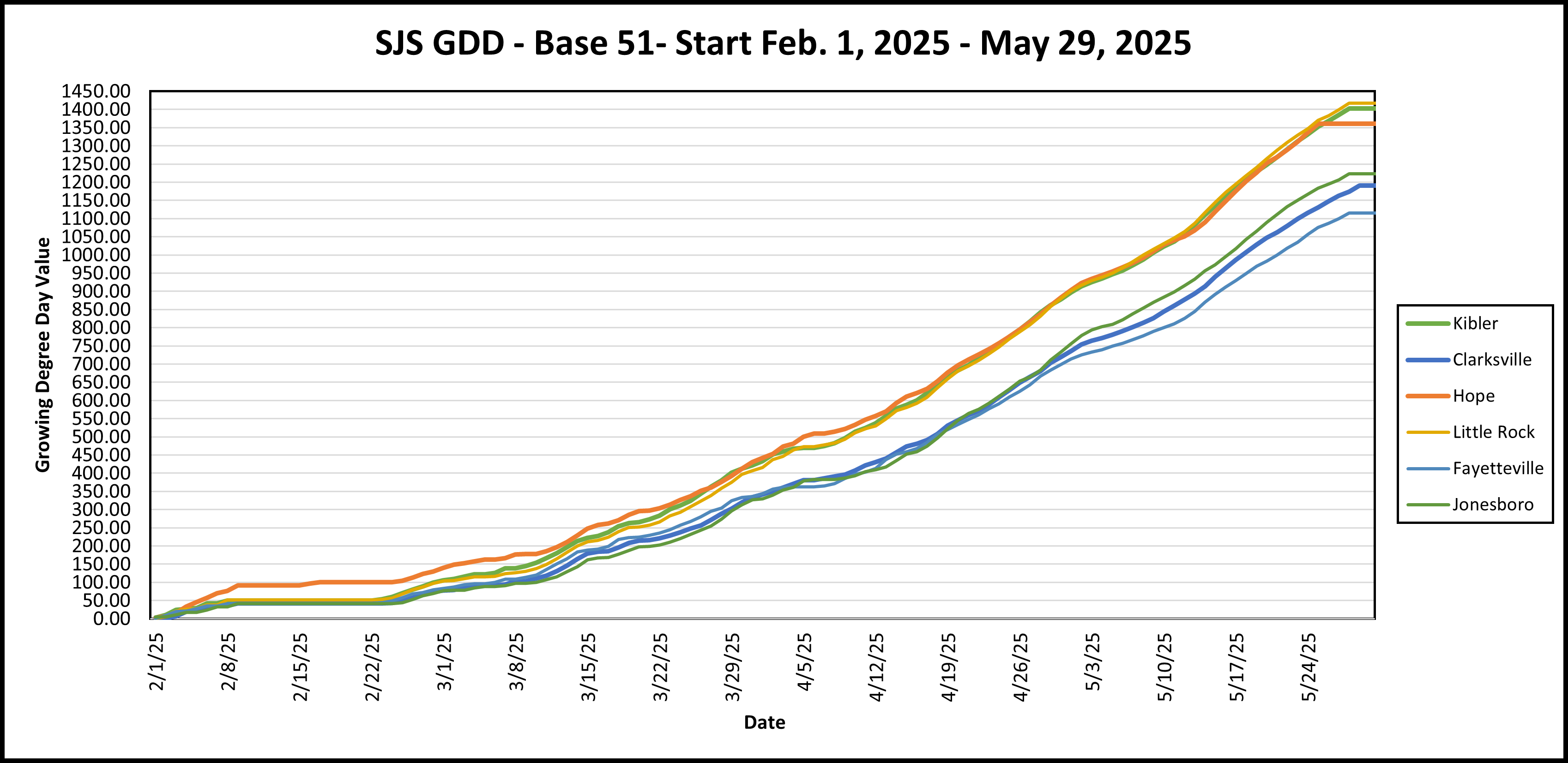
Insect, Disease and Irrigation Monitoring Resources
Videos:
- How-To Construct Watermark Sensors for Plasticulture Beds
- How-To Install Watermark Sensors for Plasticulture Beds
- How-To Build a Cheap and Effective Strawberry Sprayer
- How-To Build a Venturi Injector
- How-to IPM: Using Pheromone Traps in Tomato and Squash
- How-to IPM: Tomato Pests
Fact sheets:
- Basics of Drip Irrigation and Fertigation for Specialty Crops
- Constructing a Cheap and Effective Strawberry Sprayer
- Developing a Sustainable Fungicide Spray Program to Prevent Fruit Rot in Strawberry for the Southeast
- Managing Broad Mite in Commercial Blackberry Production
- Managing Melonworm in Pumpkins and Squash in the Mid-South
- Managing Squash Vine Borer in Arkansas
- Monitoring for Spotted-Wing Drosphila in Blackberries in Arkansas
- Using Pheromone Traps to Monitor Pests in Tomatoes and Cucurbits
Tools:
Key Pests - Click on the image of each pest to learn more about them.
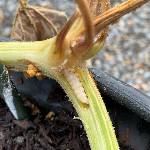
Squash Vine Borer
|
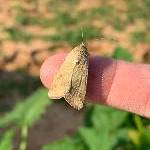
Tomato Fruitworm
|
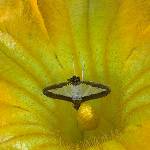
Melonworm Moth
|
|
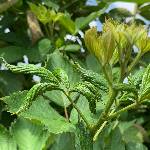
Broadmite |
Photo: Hannah Burrack, North Carolina State University, Bugwood.org |
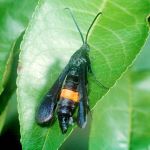
Greater Peachtree Borer |
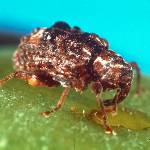
Plum Curculio |
San Jose Scale Photo: Aaron Cato, UADA |
|
|
Contacts
|
Aaron Cato Phone: 479-249-7352 University of Arkansas Cooperative Extension State Office 2301 S. University Ave, Little Rock, AR 72204 |
Ryan Keiffer Phone: 501-747-6694 University of Arkansas Cooperative Extension State Office 2301 S. University Ave, Little Rock, AR 72204 |
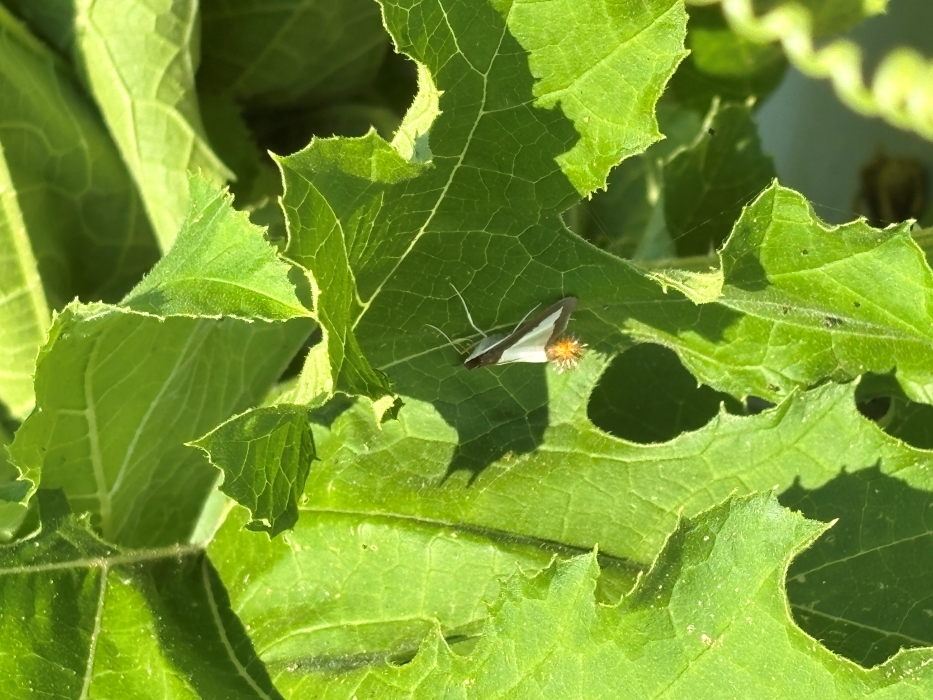
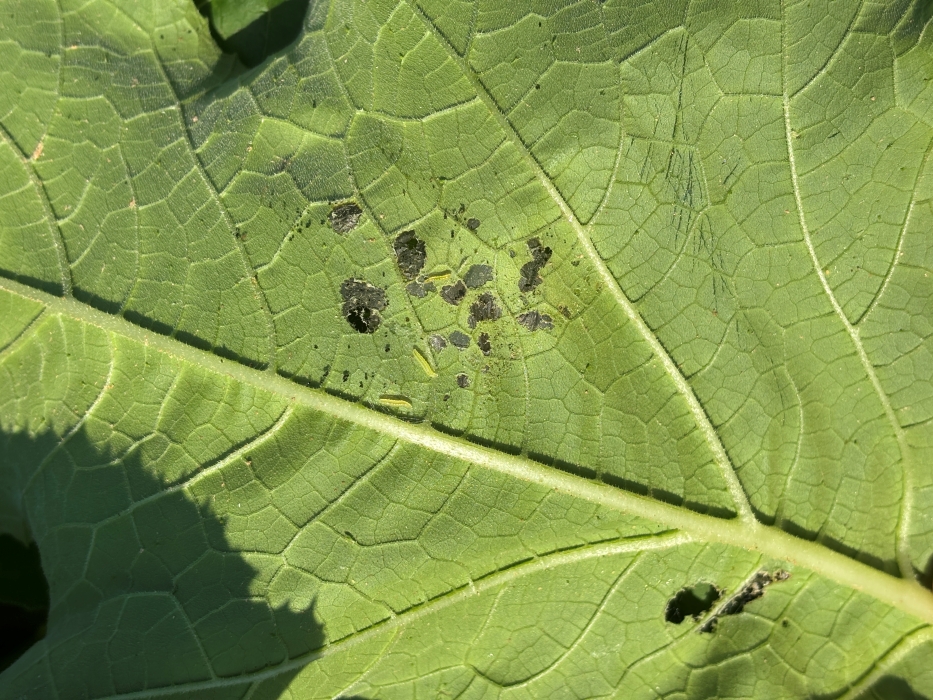
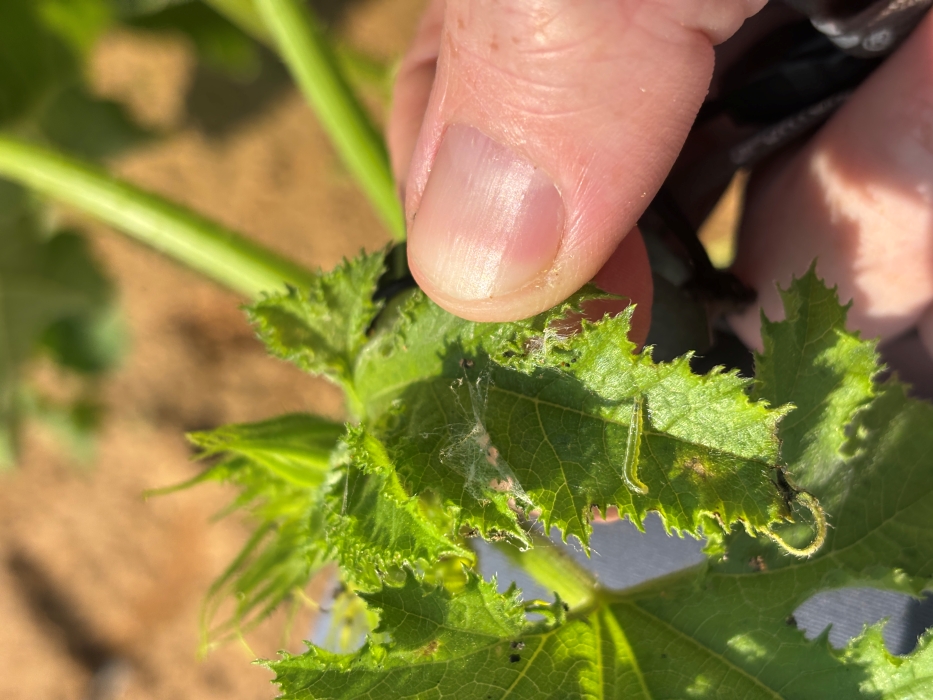
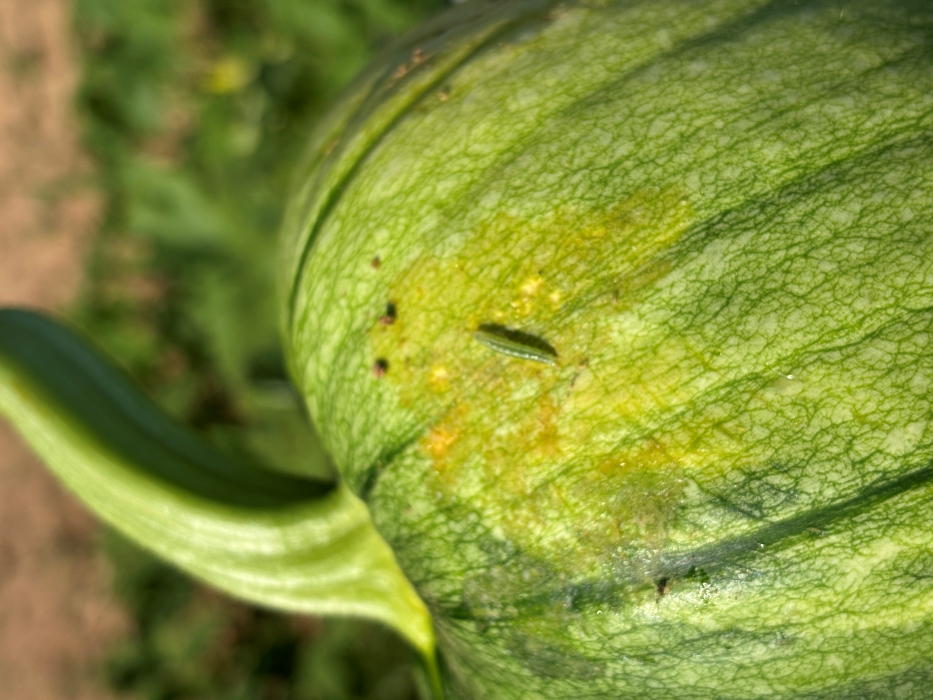
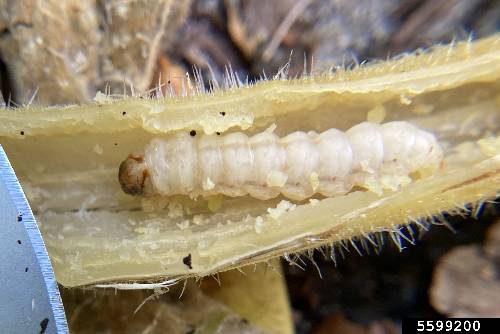
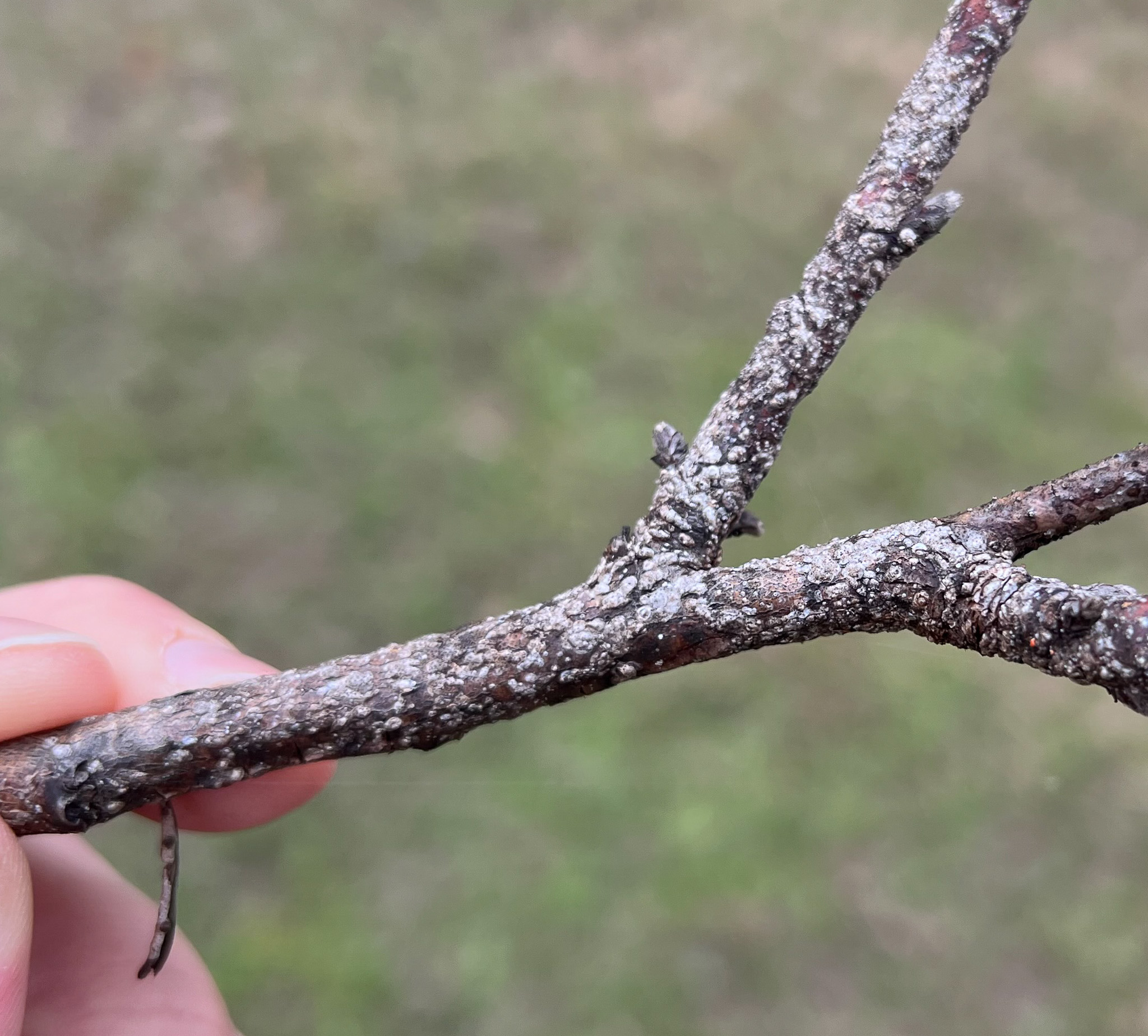


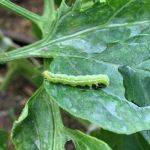
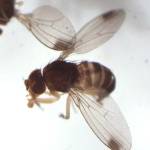 Spotted Wing Drosophila
Spotted Wing Drosophila